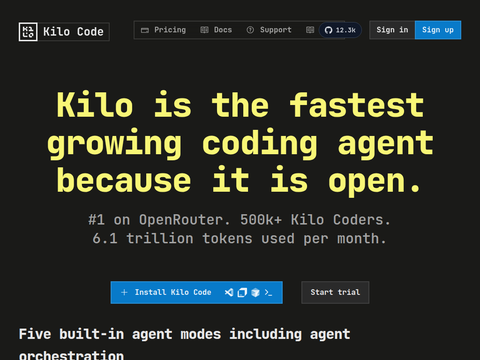Meta’s React UI library has released version 19.2, introducing a set of new APIs, performance optimizations, and enhanced server rendering capabilities. This update adds first-class primitives for activity control, effects, and signal caching.
React 19.2 introduces several new core features. The Activity component allows developers to break down UI into named “activities” that can be conditionally rendered or suspended.
Previously, developers could use conditionals to hide or show components, for example:
Alternatively, the new Activity component can be used:
The new component supports visible and hidden modes, offering finer control over UI segments. Activity enables developers to pre-render components while hidden from users, preserving their state during the hidden phase. The React team mentioned plans to add more modes to Activity in the future.
The new useEffectEvent hook provides a mechanism to decouple the event portion of useEffect logic into a separate hook. This is especially useful when a value is used but shouldn’t trigger effect re-runs when changed. Values referenced in events don’t need to be included in the dependency array of useEffect. The latest eslint-plugin-react-hooks has been released to support this change. Some users have raised concerns that React is solving issues it created, while others commented that a new hook was created solely to fix linting rules. React core team members responded to these critiques, stating that this isn’t unique to React—reactive models in other frameworks also provide ways to opt out of reactivity, citing “untrack” examples from other frameworks.
A developer on Reddit noted that a new hook has long been needed since the initial introduction of hooks.
React 19.2 also introduces cacheSignal, which provides awareness of when the lifecycle ends in React Server Components. Once a component expires, it returns an AbortSignal, allowing developers to control the cleanup of any ongoing operations.
In React DOM, partial prerendering has been added in version 19.2. Certain parts of an application can be prerendered server-side and then resumed later to add dynamic content, improving initial load responsiveness.
Some internal changes are also part of this release, including error fixes for batched suspense boundaries during SSR. Suspense boundaries will now be batched during server rendering, resulting in content being displayed together rather than at different times.
Support for Web Streams has been added with renderToReadableStream, prerender, resume, and resumeAndPrerender methods. Although documentation notes that Node Streams are recommended over Web Streams due to faster performance and lack of default compression support in Web Streams.
React 19.2 follows version 19.1 earlier this year, marking the third release since 19.0 and continuing the pattern of steady incremental improvements. Developers can find the full list of changes on the React blog.
React is an open-source JavaScript library for efficiently building user interfaces declaratively. It is used across web and native ecosystems, offering features such as hooks, concurrent rendering, server components, and an evolving compiler.








